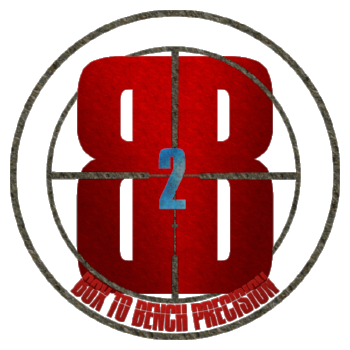Have you ever stood in front of the mirror and asked yourself . . . “should I reload my own ammo”? Well, me either. But I have asked myself if it’s really worth it to reload ammunition.
Trying to explain worth, one has to consider the money side of reloading. How much is it going to cost. Next, understanding just what kind of accuracy improvements you can expect to see from loading your own ammo.
Money. What it will cost and what it will save. No doubt there will be a lengthy list of tools that are necessary to make your own hand loads. Obviously you have the press, dies, and scale. Those alone can be pretty expensive, but actually, all the small tools that are essential to reloading, are what 20, 30, and 50 dollars you to death. But it’s your hobby, right? And you like small specialty tools, too. How does all this spending add up to savings? This is the point to consider.
How much do you shoot each year, and are you mostly a hunter, or a serious shooting sports enthusiast that also hunts? The amount of shooting you do is a huge consideration when trying to decide to load, or not to load. The initial outlay for tools can be considerable, and there will always be some other tool that offers an improvement to what you have. So, the tool cost is kind of ongoing, doesn’t have to be, but most likely will.
If you shoot a lot, you will save money because the consumable materials for loading your own are considerably less expensive than decent factory ammo. If you’re a couple 3 boxes of ammo a year guy/gal, you won’t be breaking even any time soon. So if you shoot a lot, and you are passionate about accuracy, reloading is right for you.
So how good is the whole accuracy thing with reloads, anyway . . . That is going to depend on your approach to reloading. Are you all in on precision loading with uniformed brass, or are you only wanting to duplicate factory ammo? Duplicating factory ammo will give you similar to or slightly better results than the factory ammo you are trying to duplicate.
For precision loads, uniformed brass yields great results. When you uniform the primer pocket, flash hole, neck wall thickness, trim to length, chamfer and de-burr, all will contribute to increased repeatable accuracy. If you compromise and skip one or more of the procedures, you will also, by a small degree, compromise the end results. Each procedure on its own does very little, but put them all together, and the results become significant.
Provided you are shooting a capable rifle, and have developed a precision load for that rifle, your accuracy should be well below 1 moa, possibly even in the ½ moa range for 5 shot groups. Of course this will also be dependent on your relative shooting skills.
Taking your brass from prepped and ready to load, to the actual reloading of the completed cartridge, involves the selection and use of caliber specific dies. Full understanding of the use of the different dies and their functions, and when to use them, will be another post.
The pictures of small tools are examples of just a few of the tools you might want, and they all pertain to uniformed brass and measuring. Brands and styles are preferences or were on sale!
Team B2B Precision



